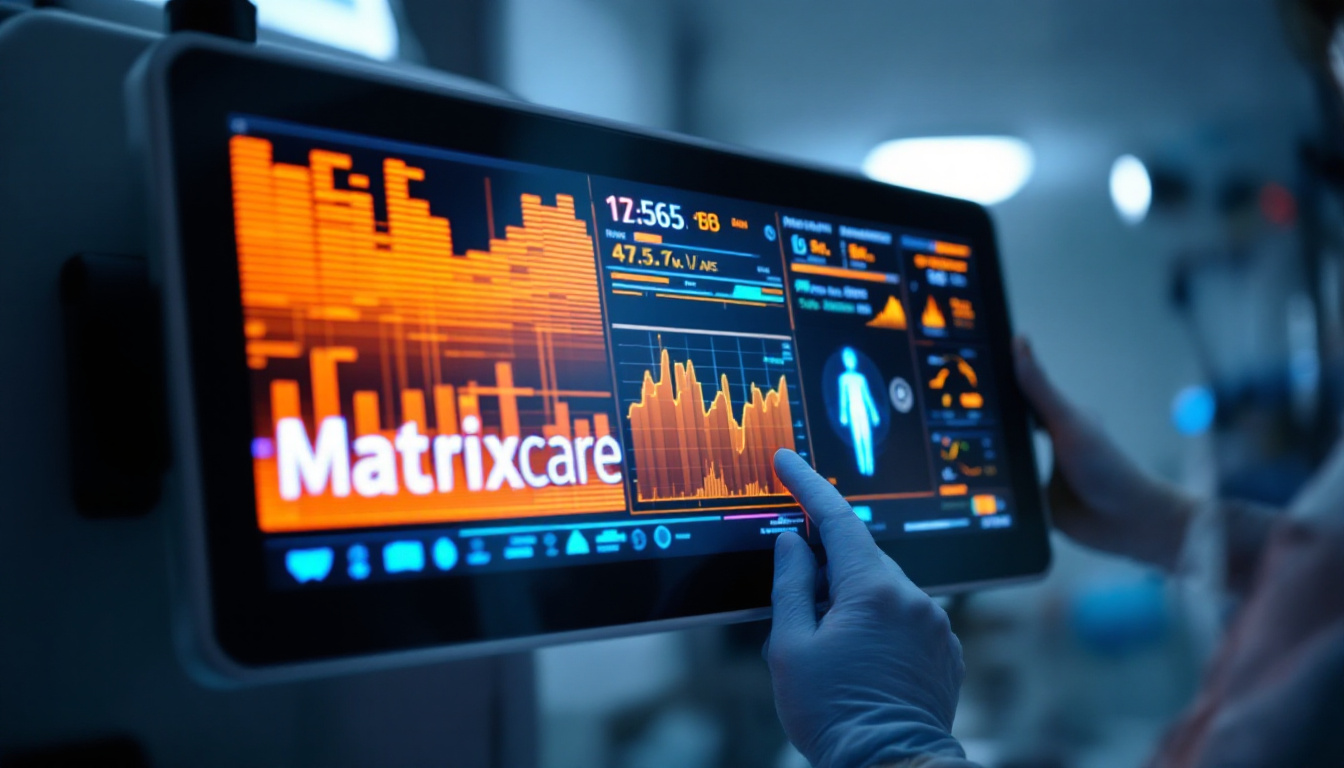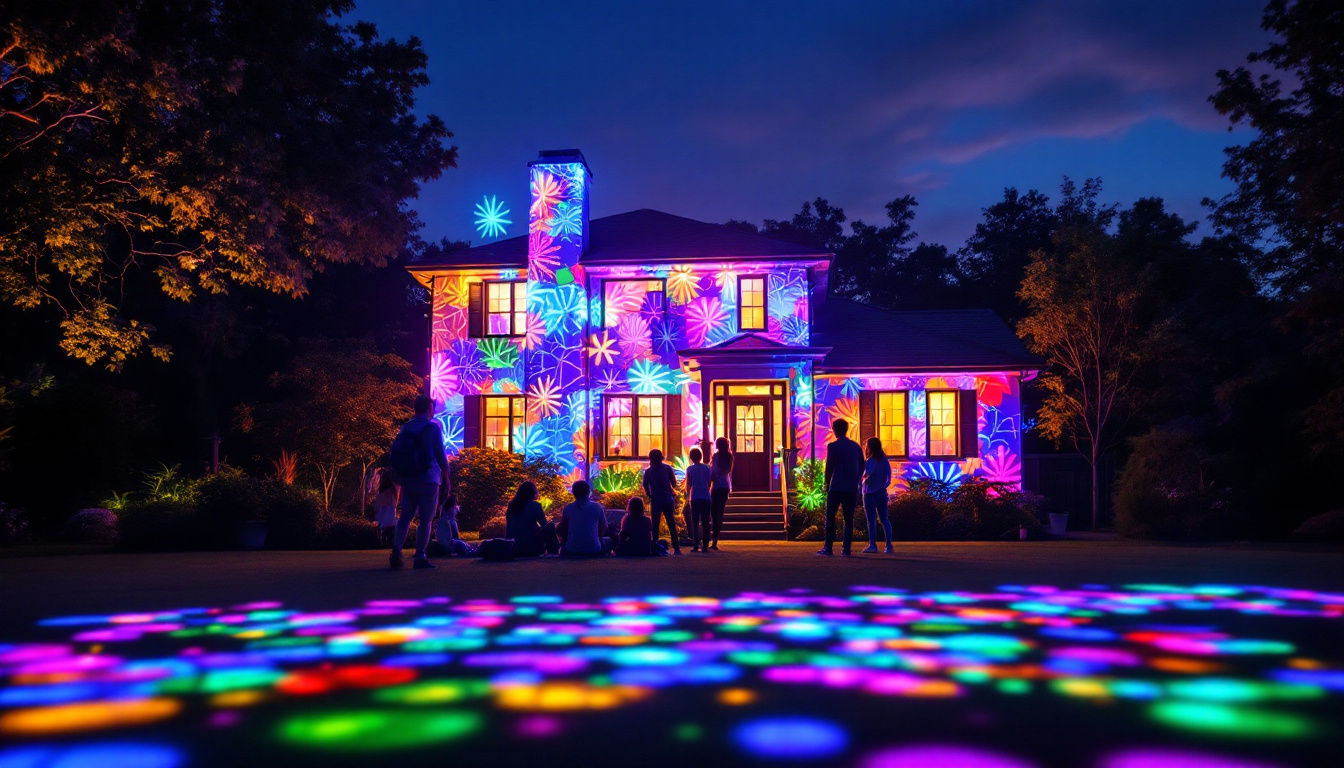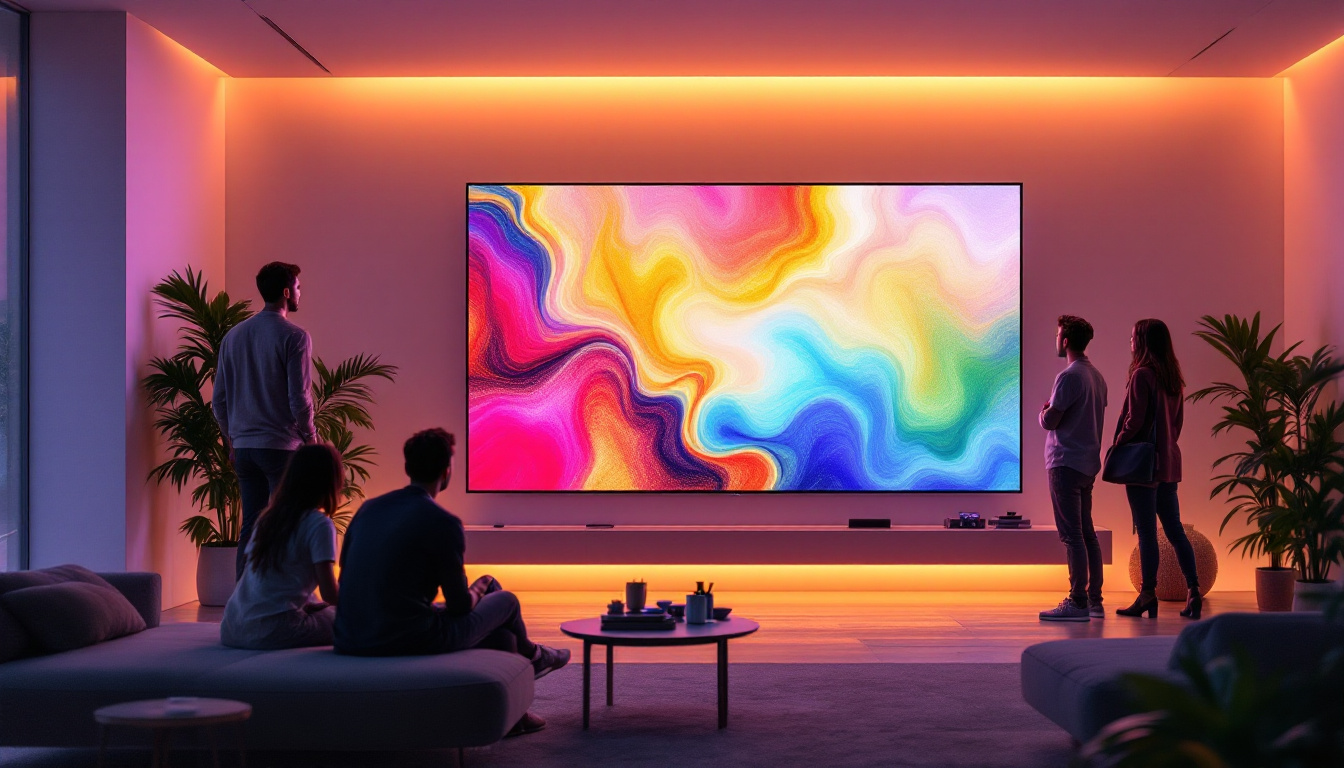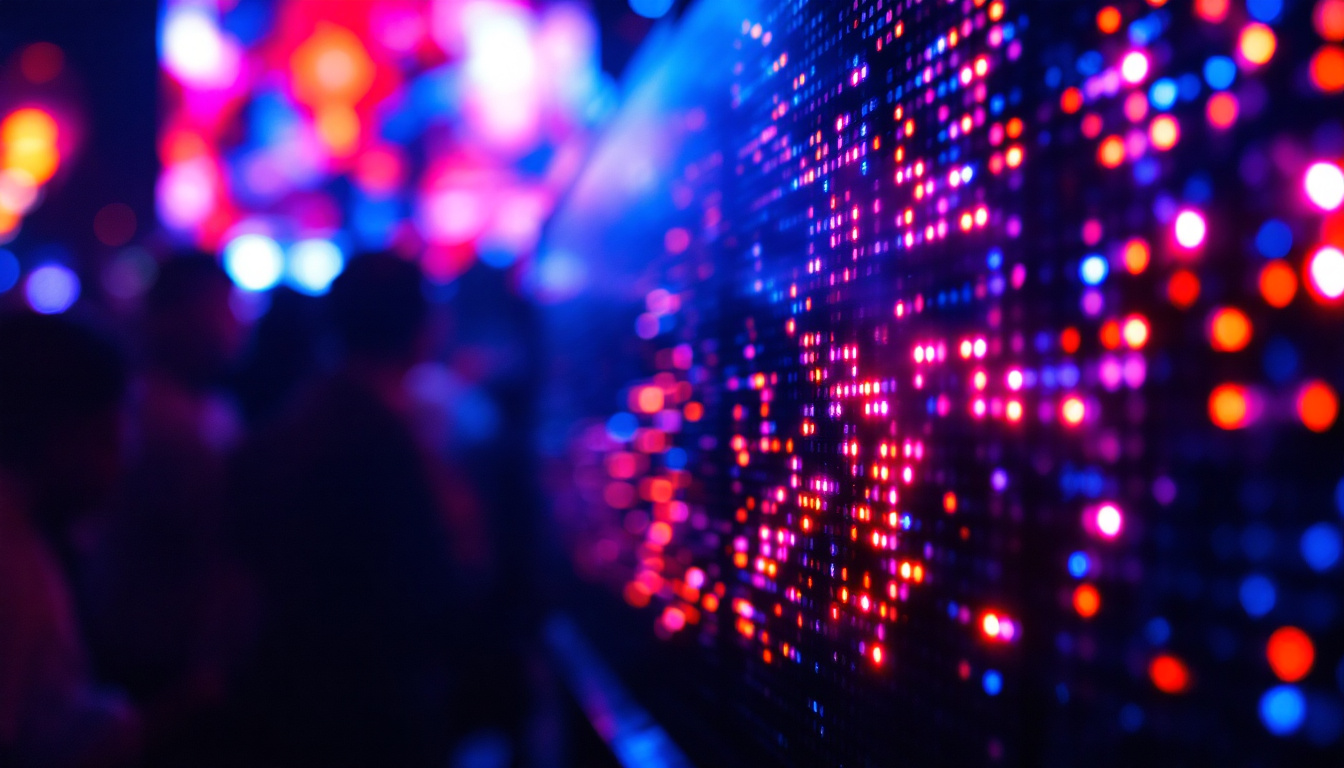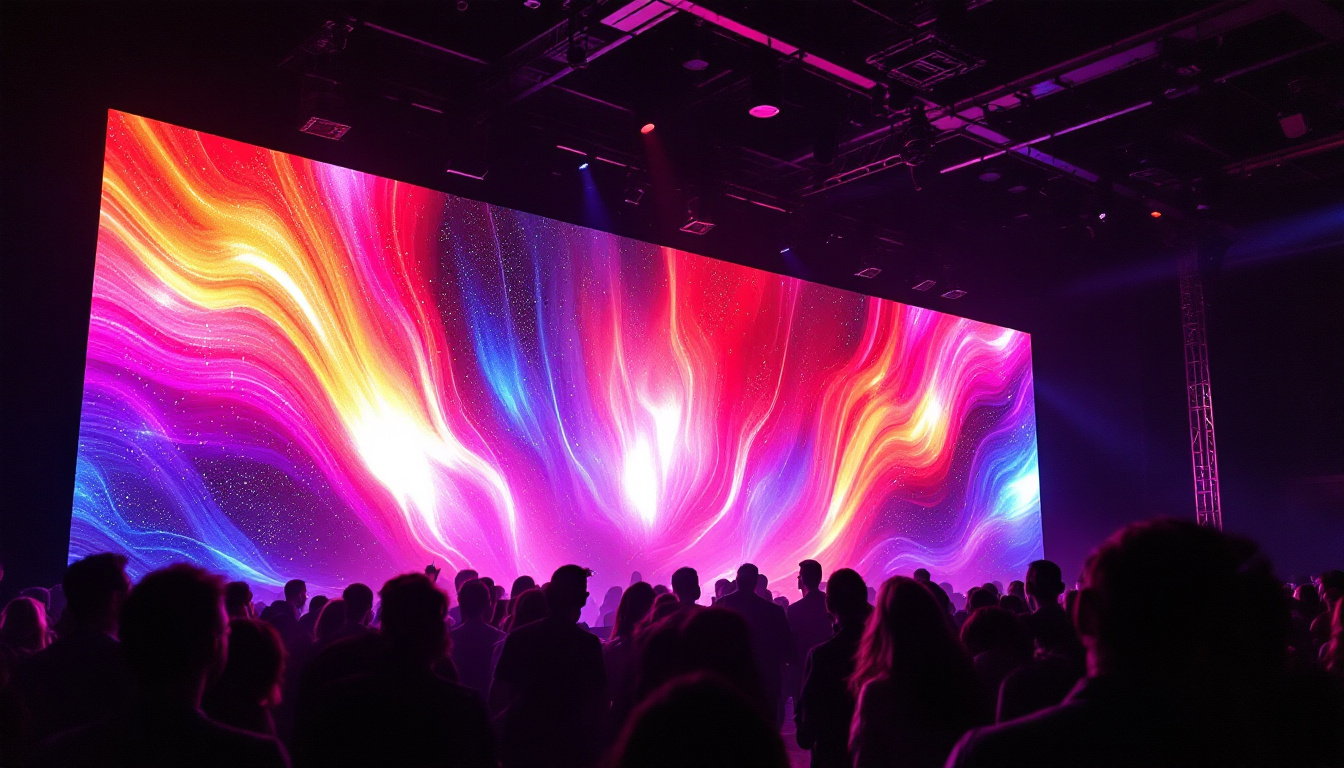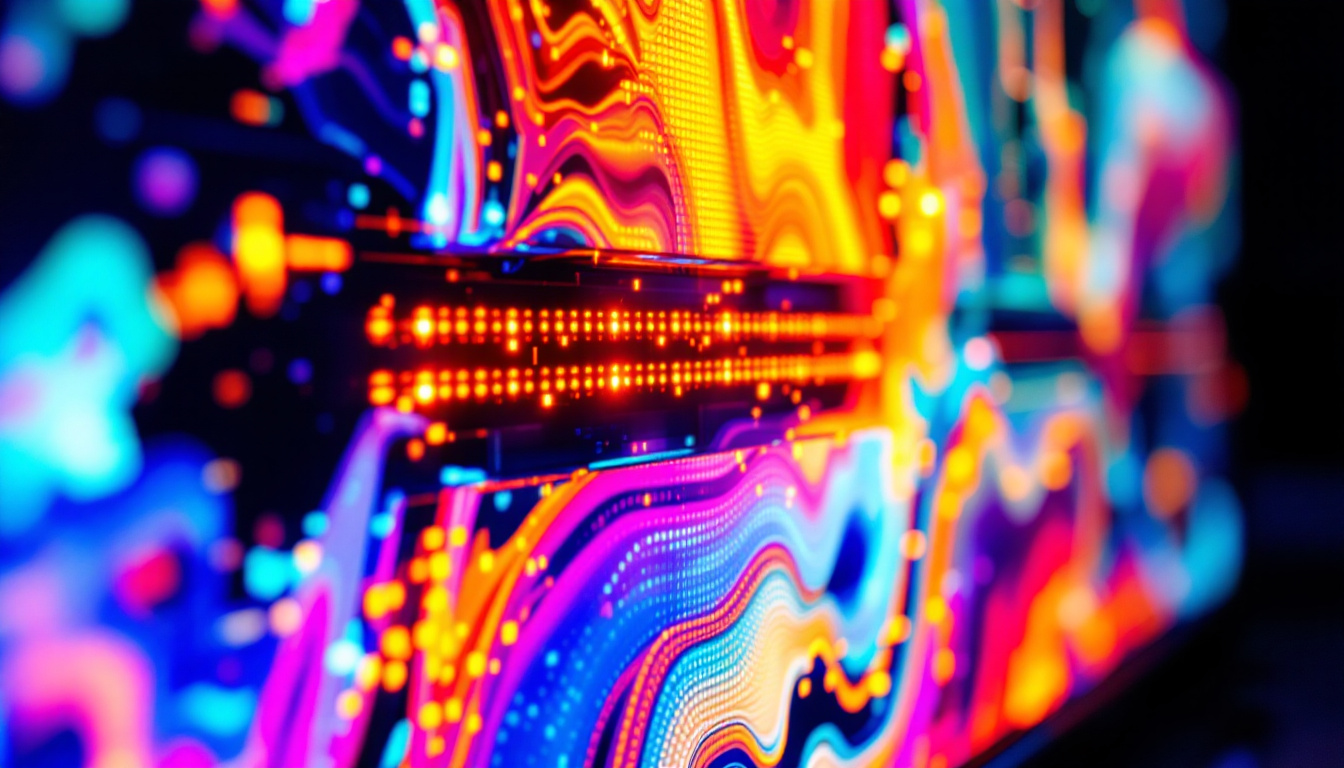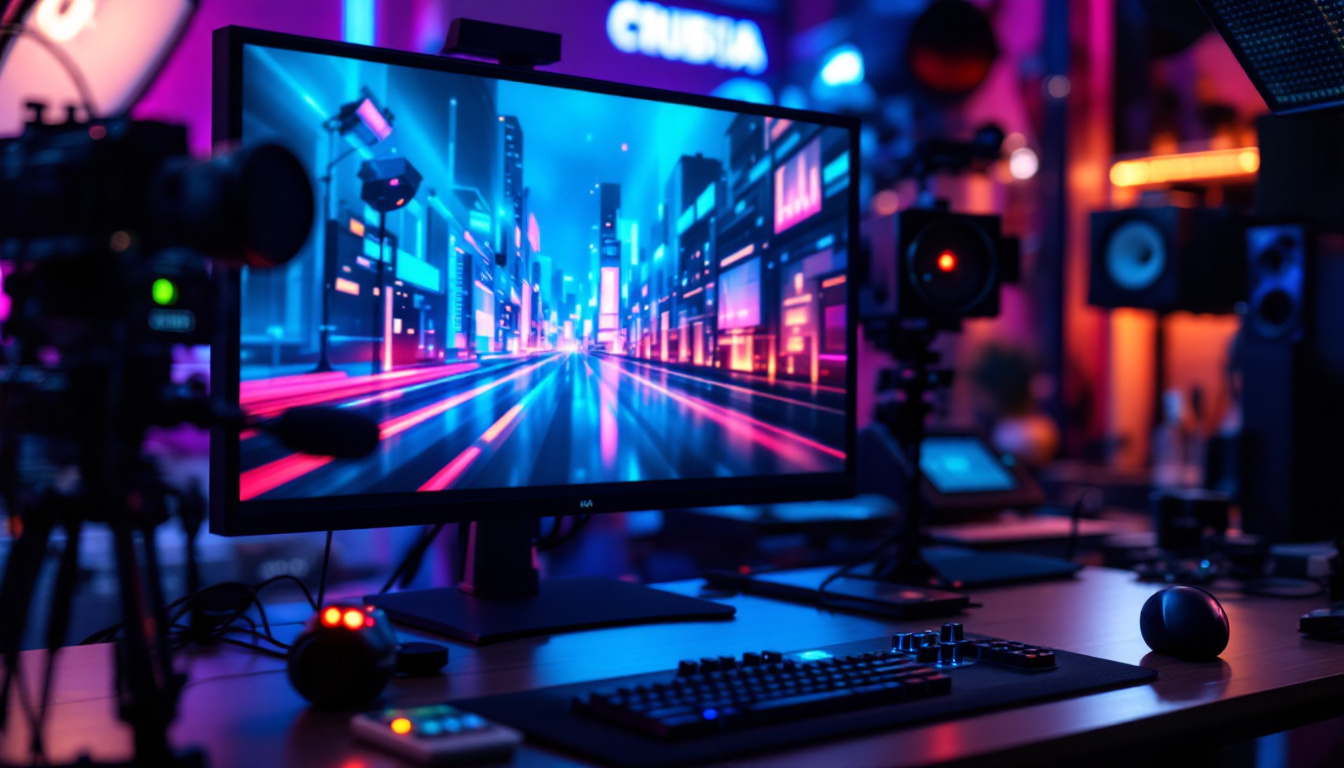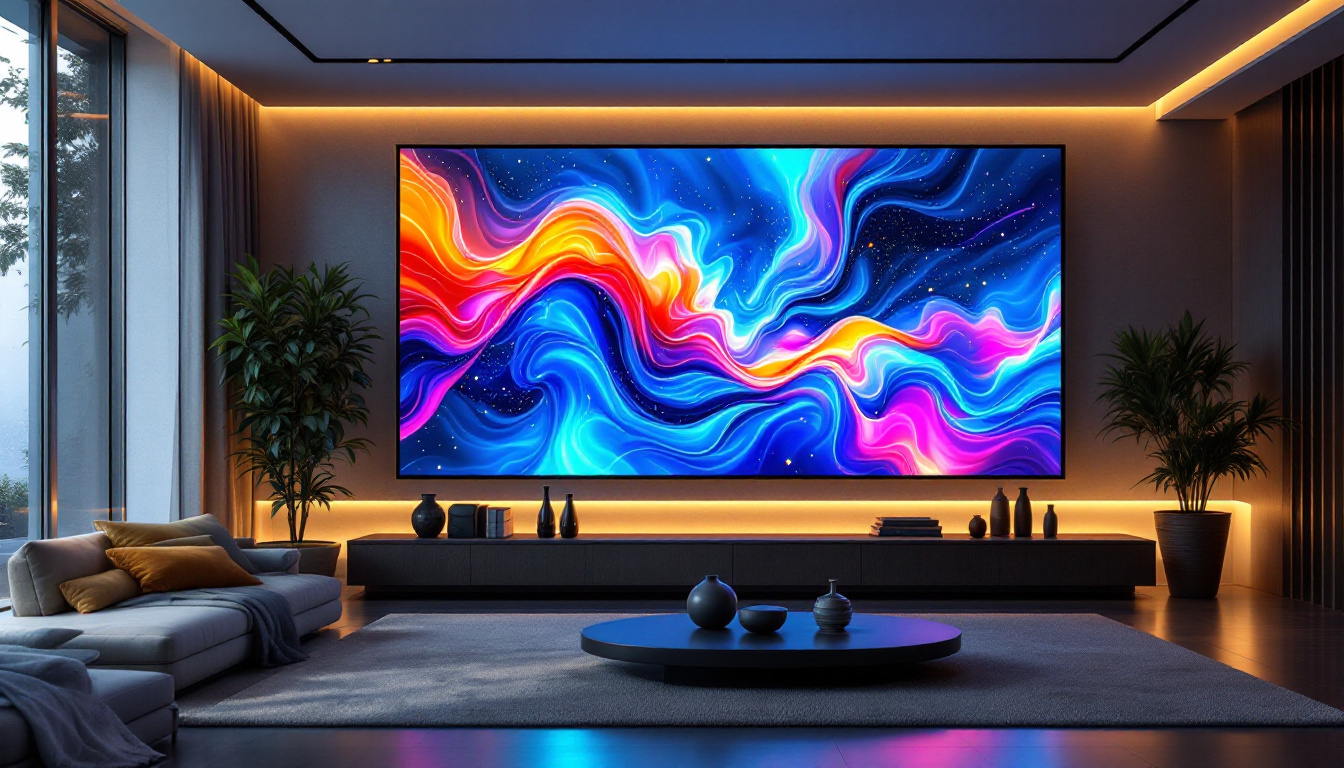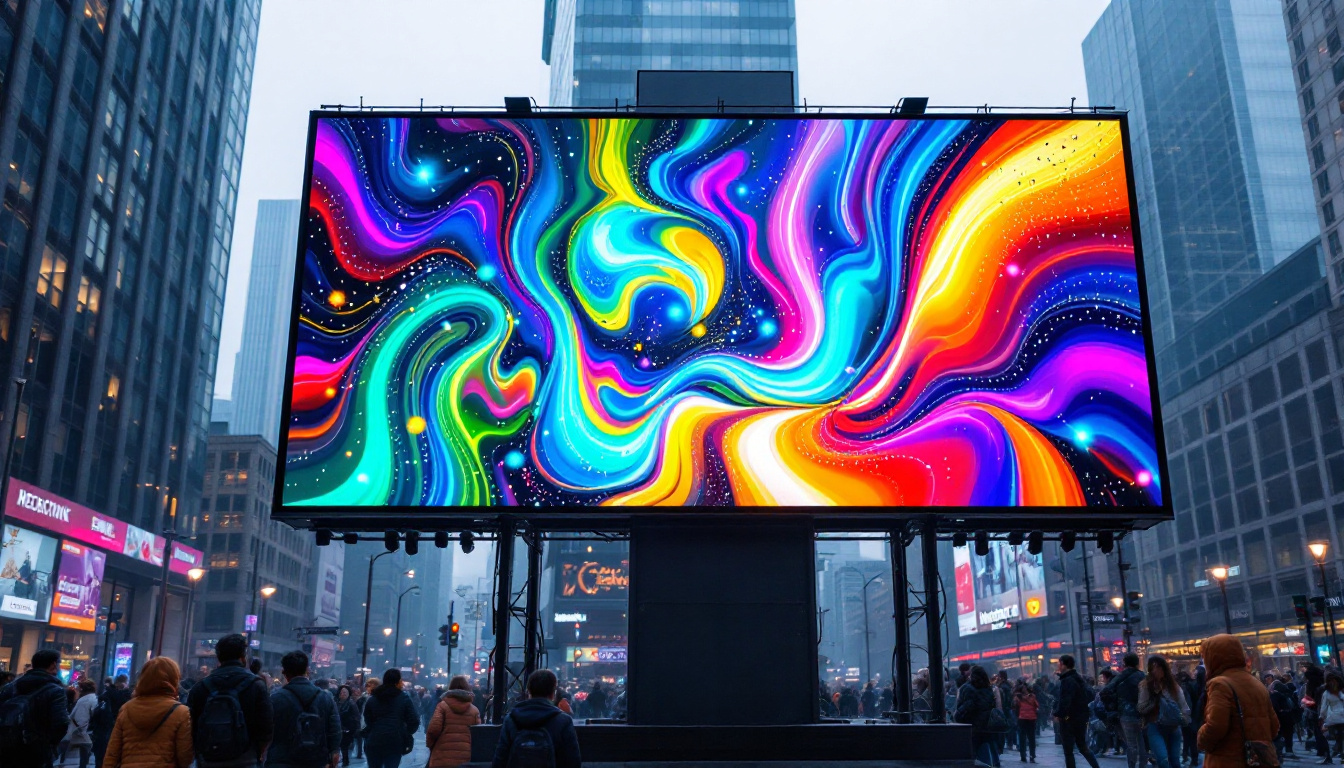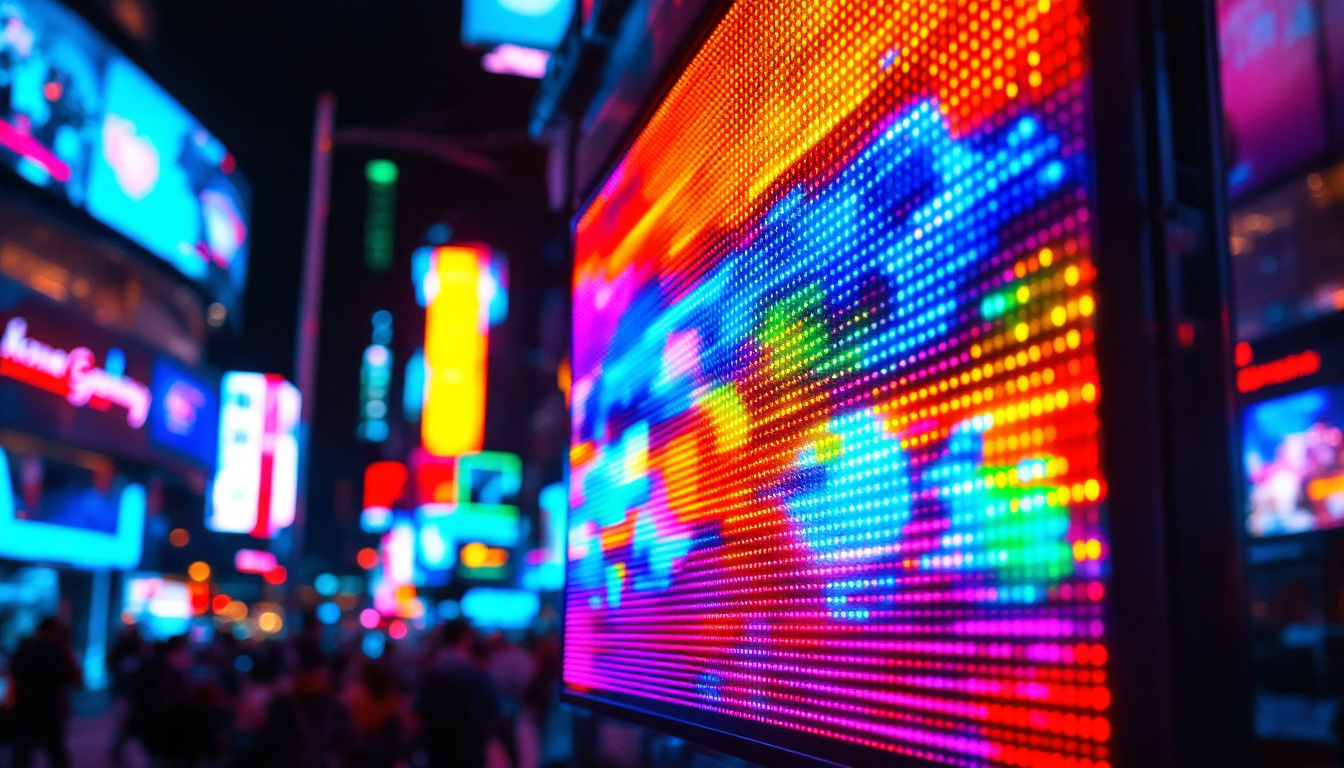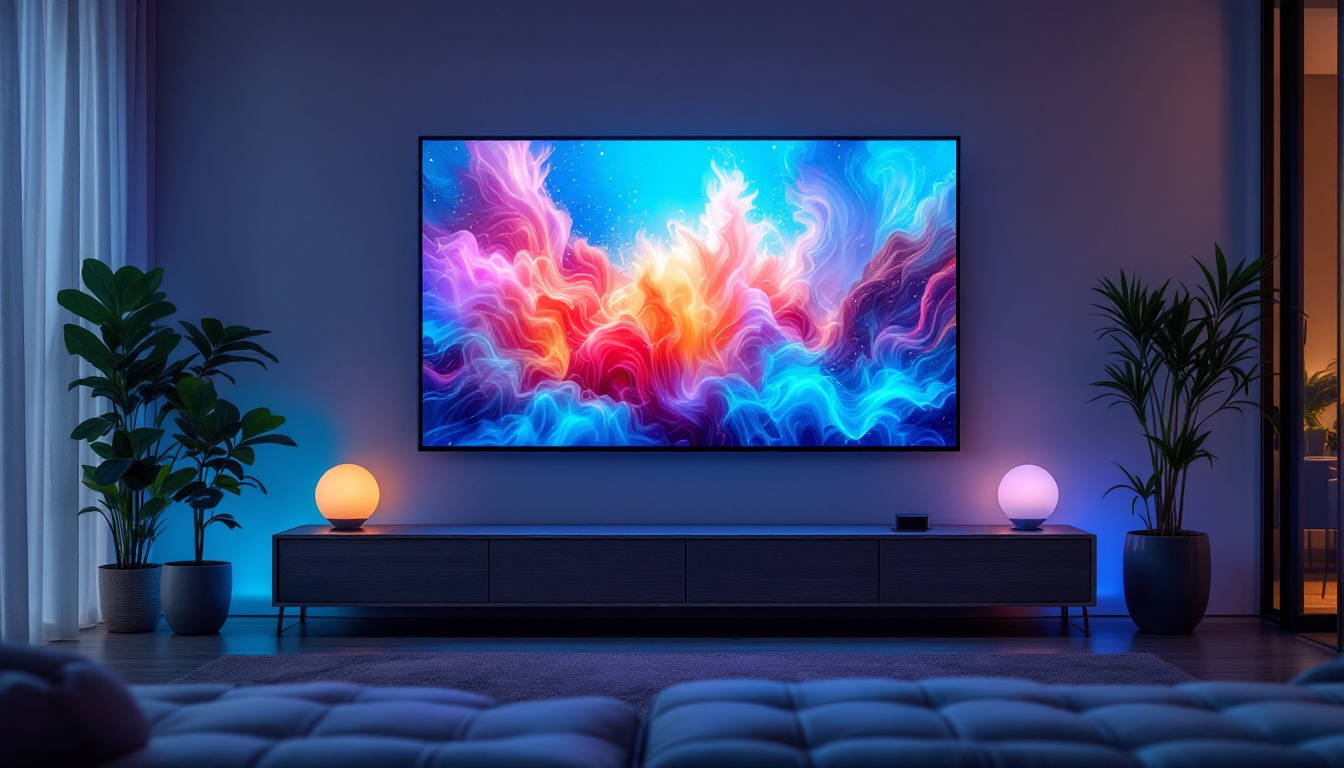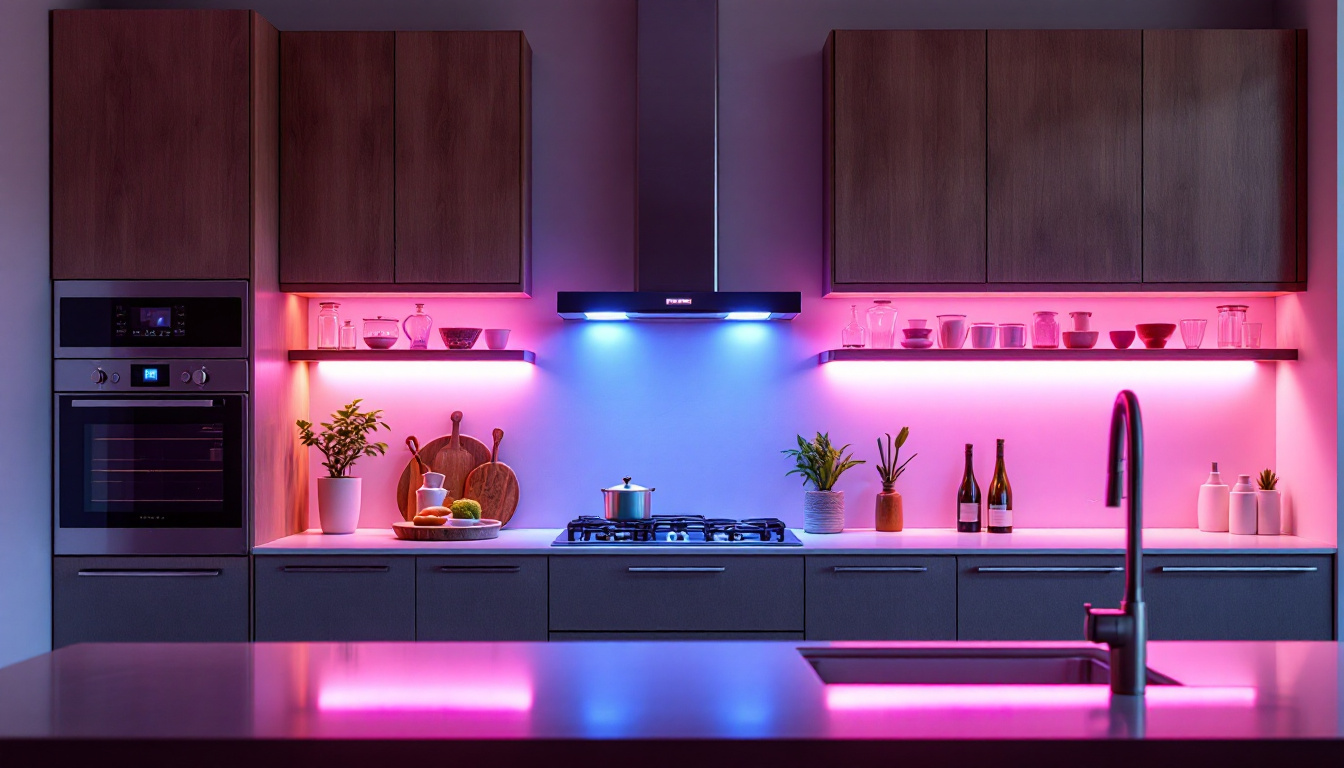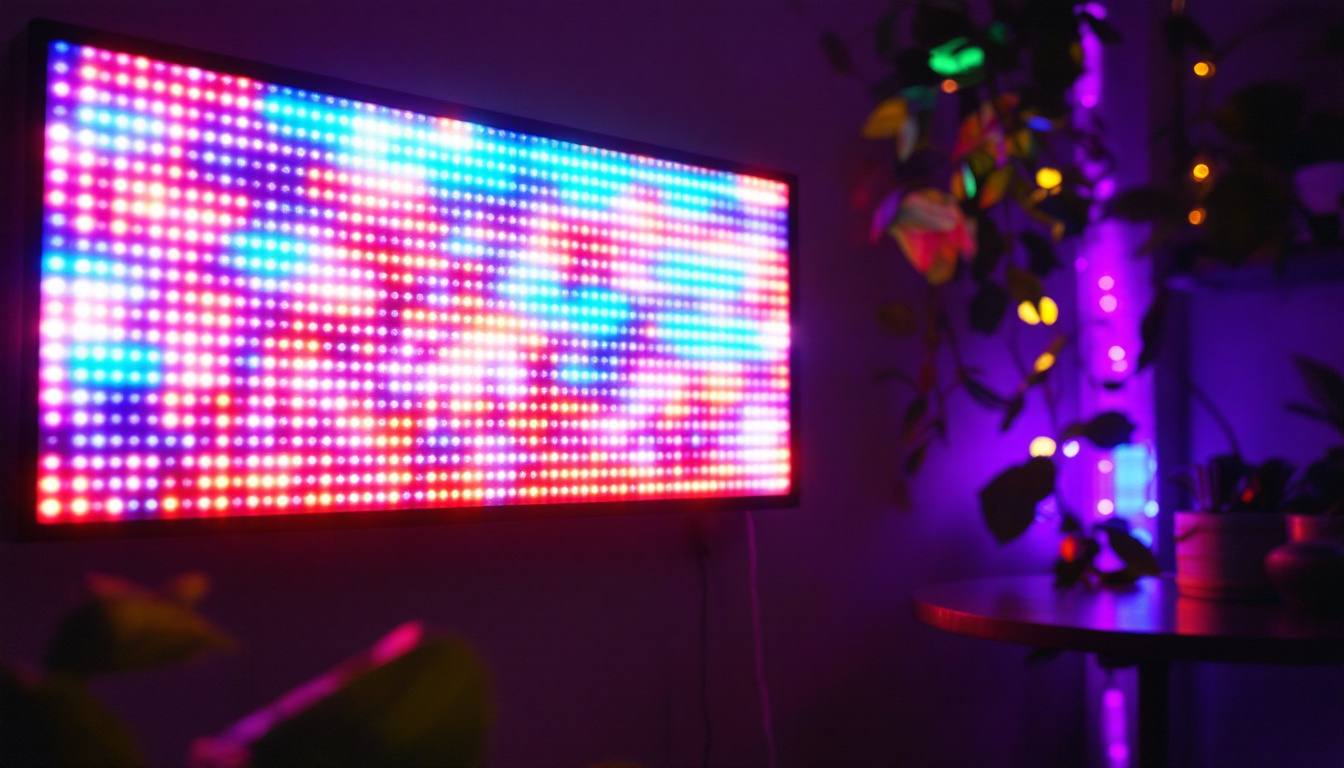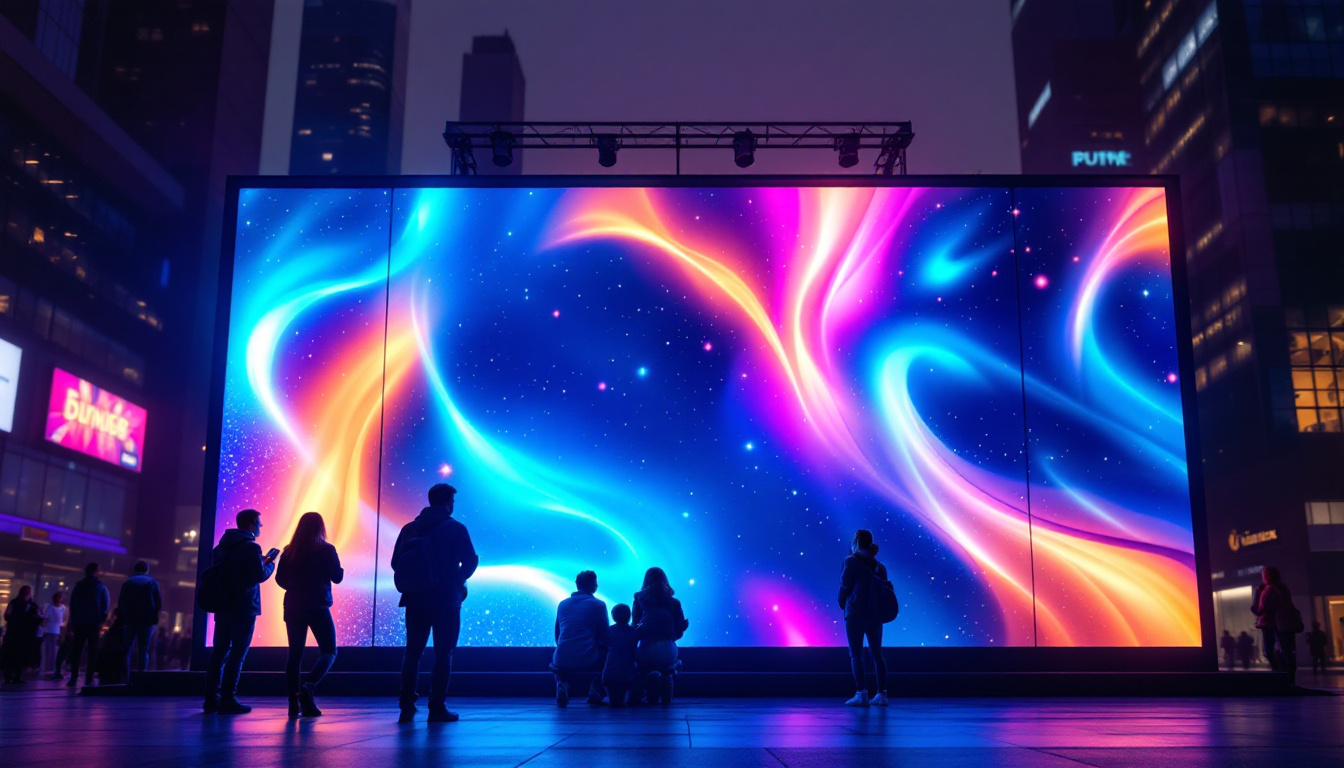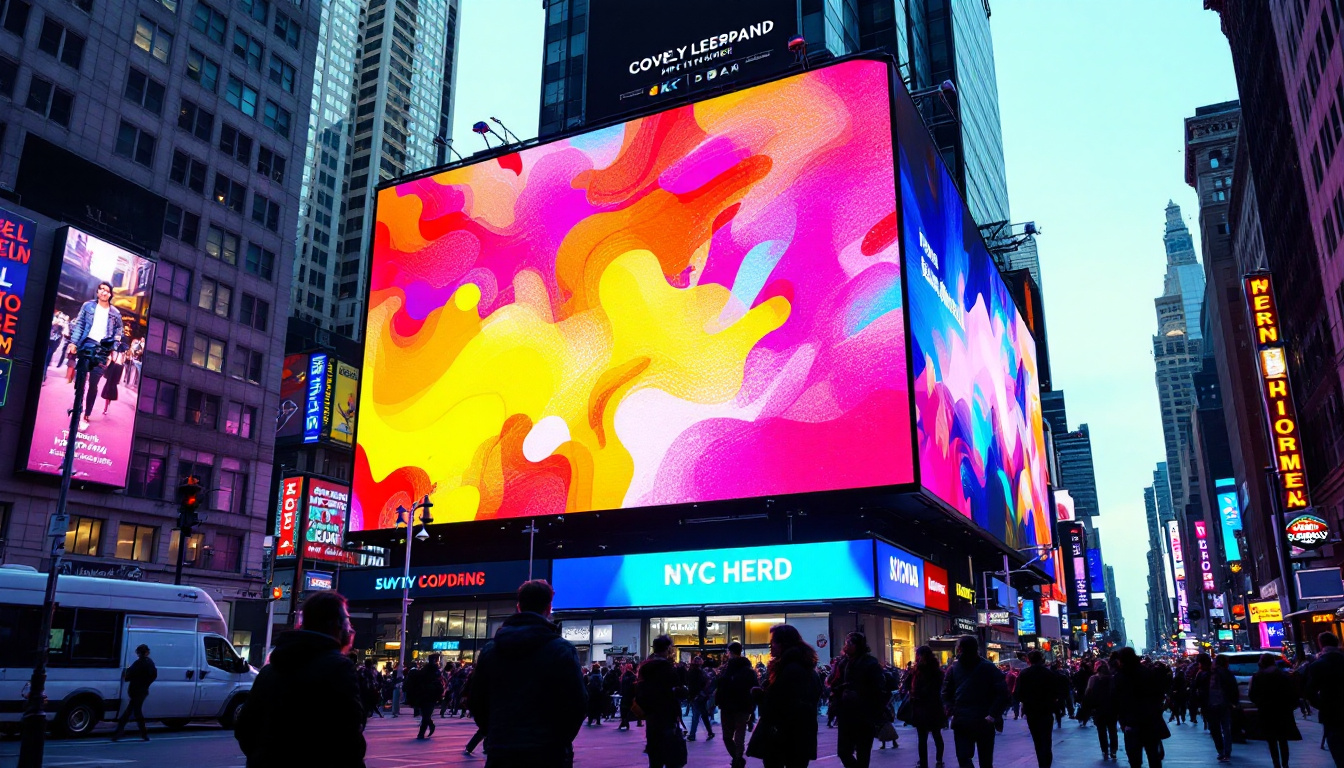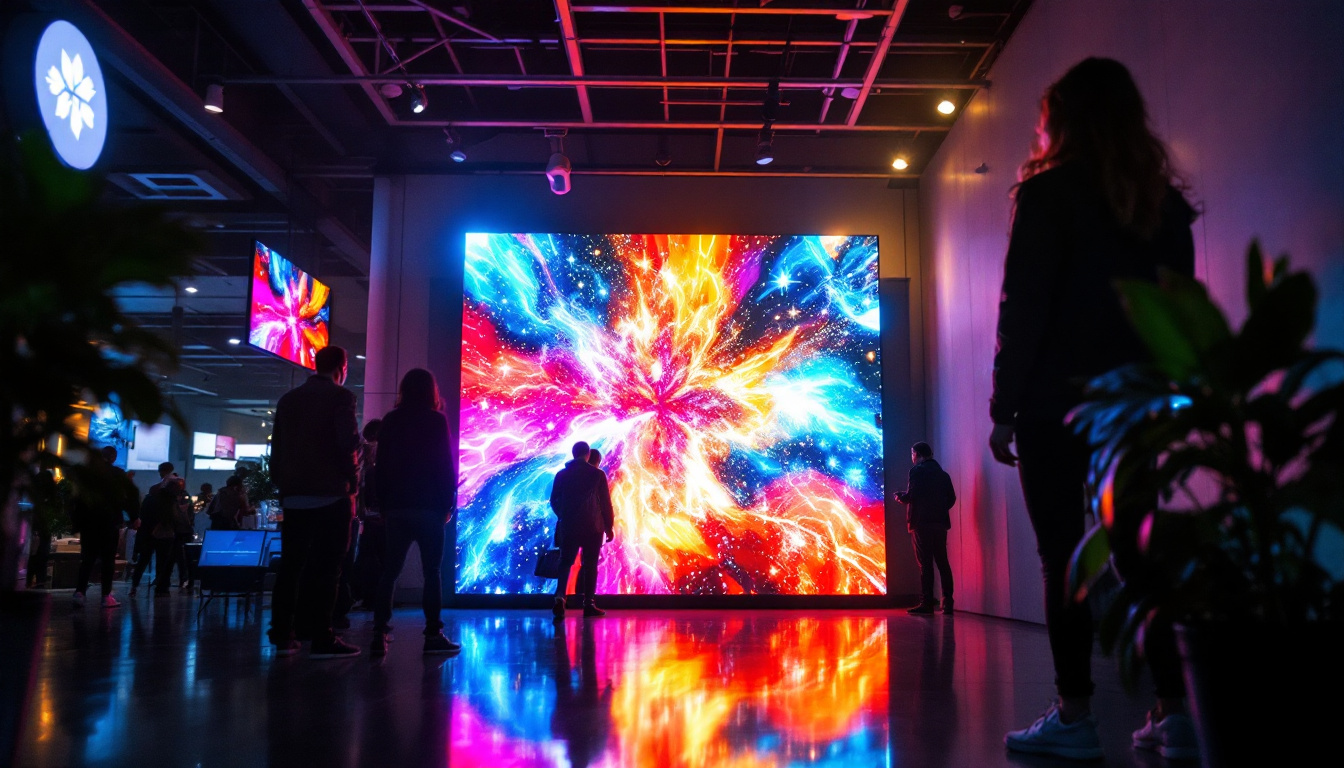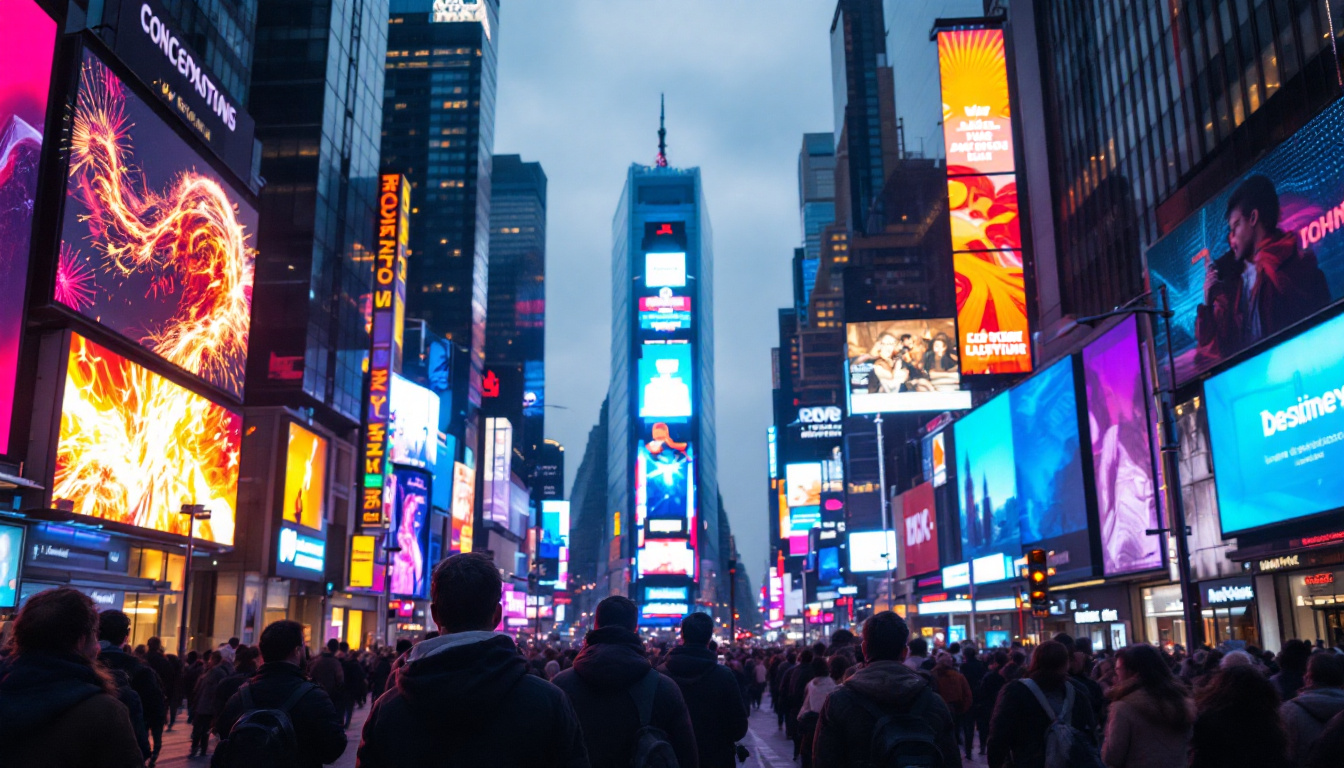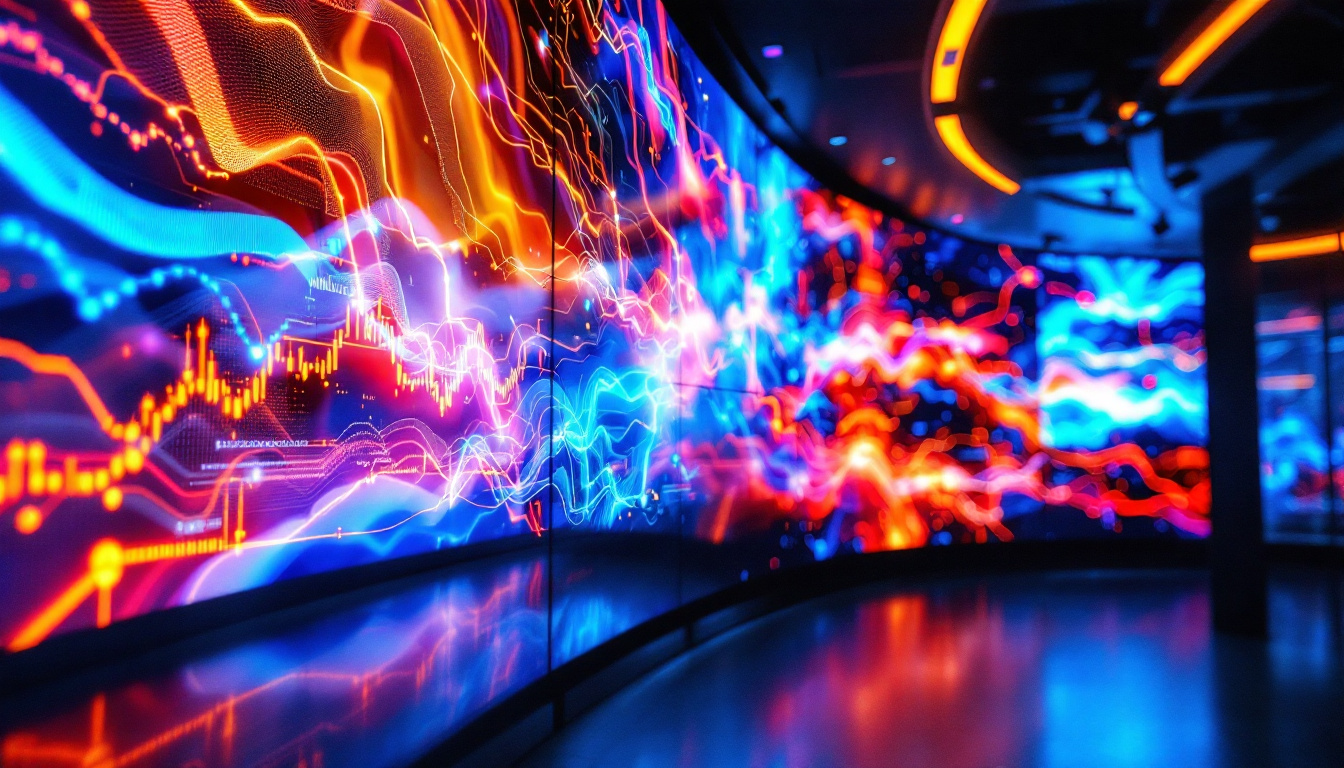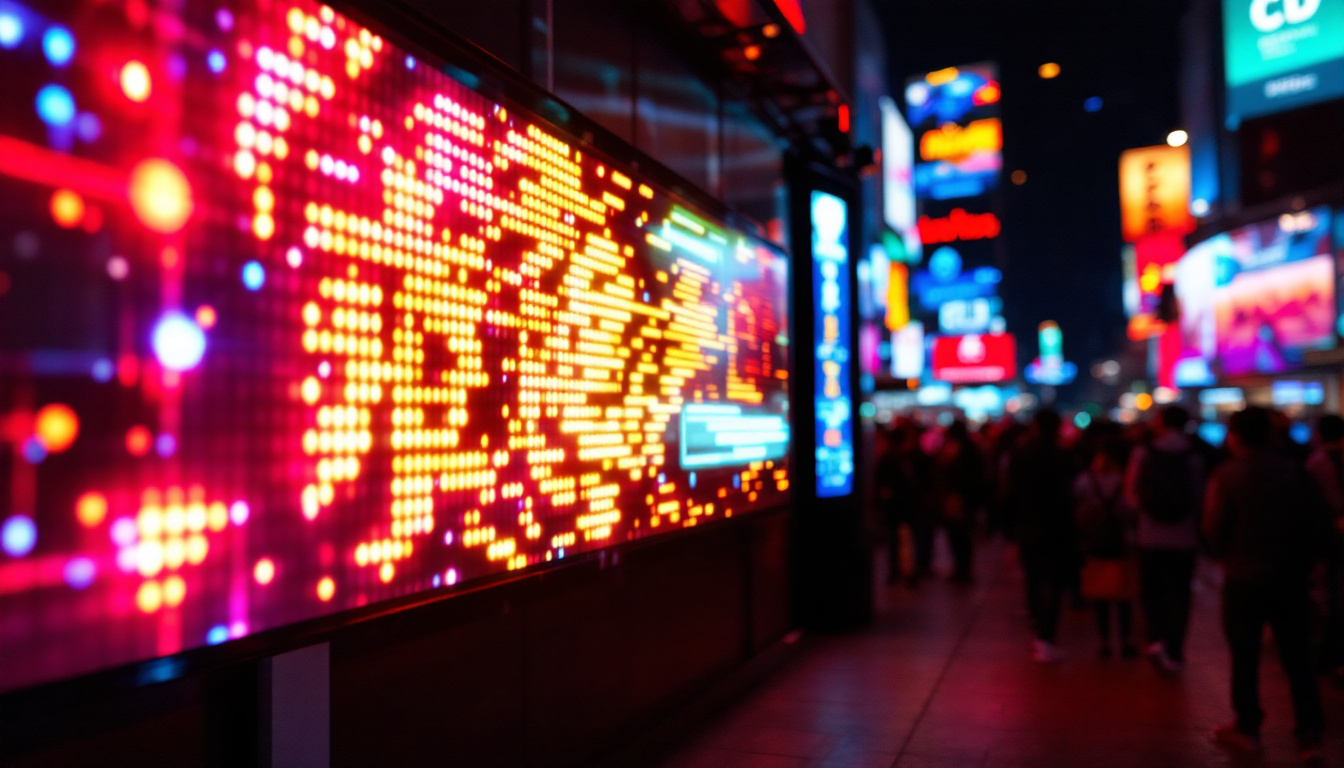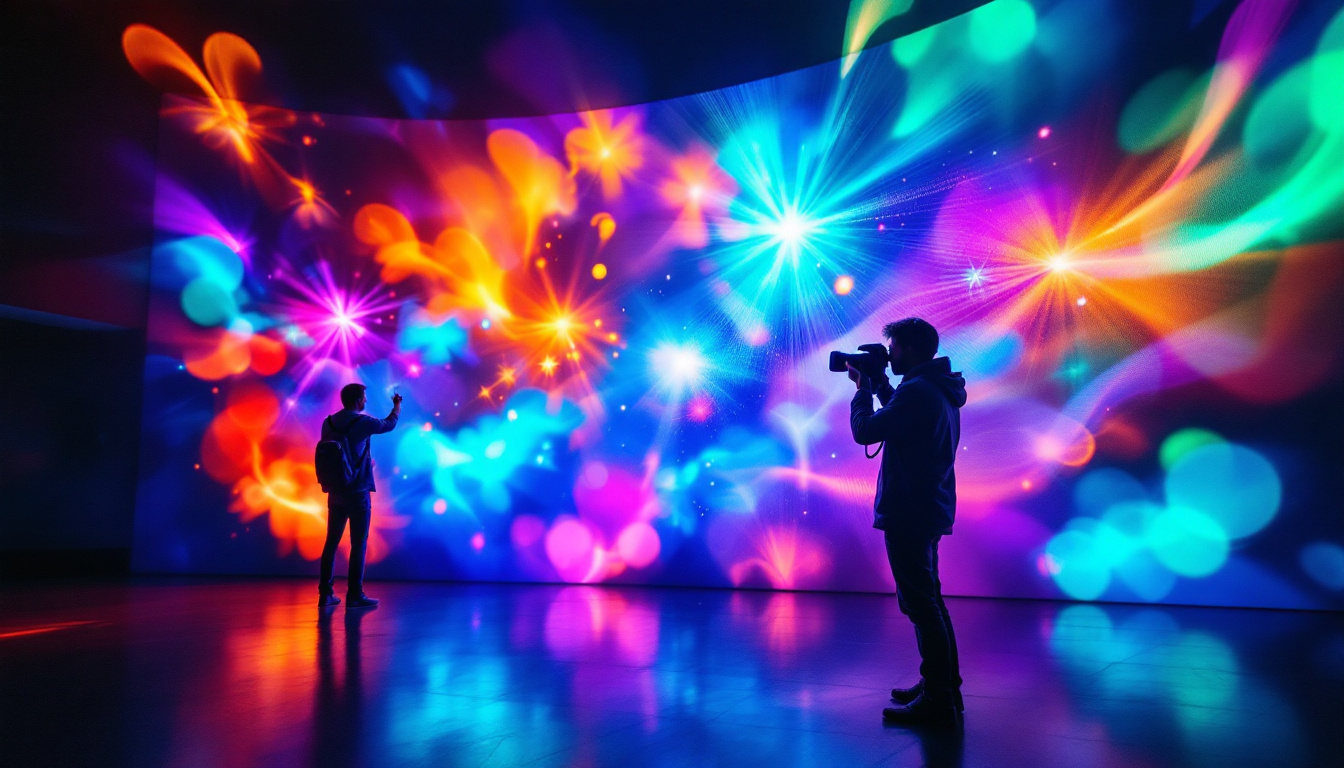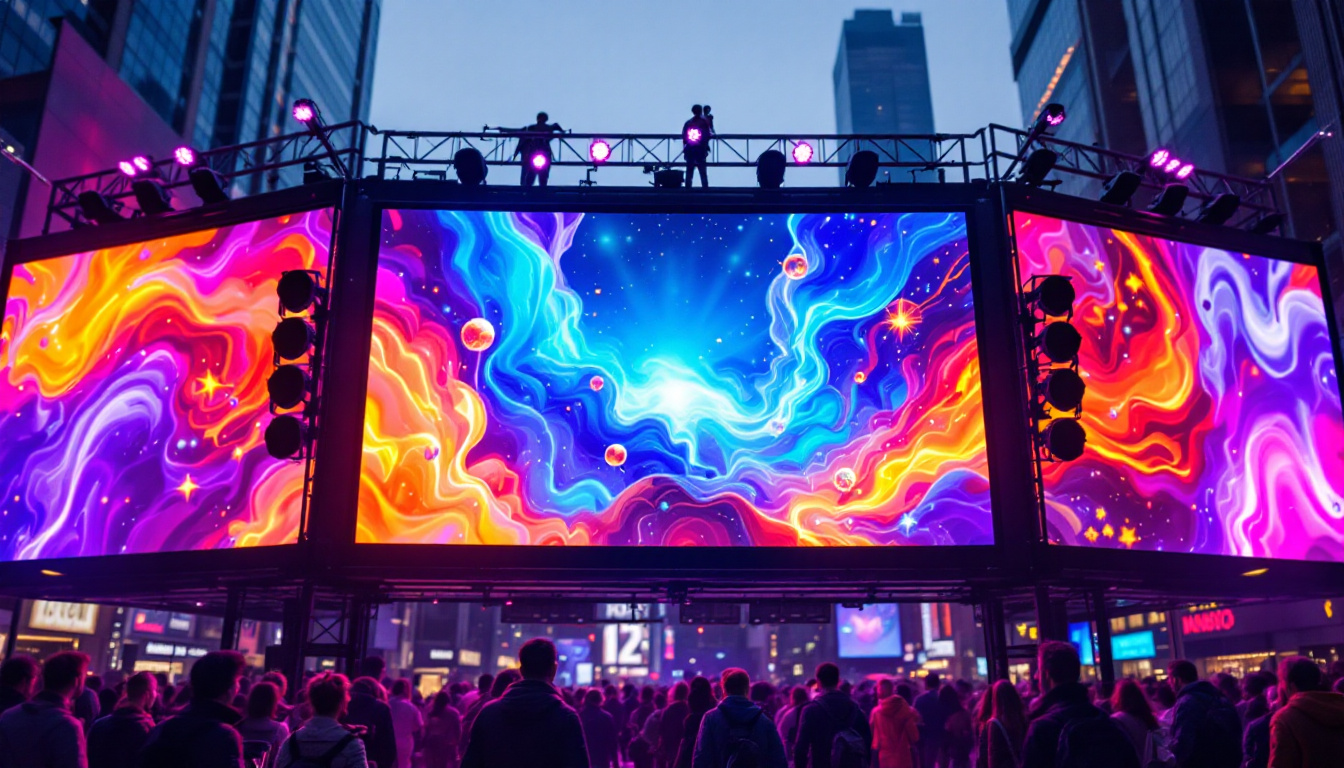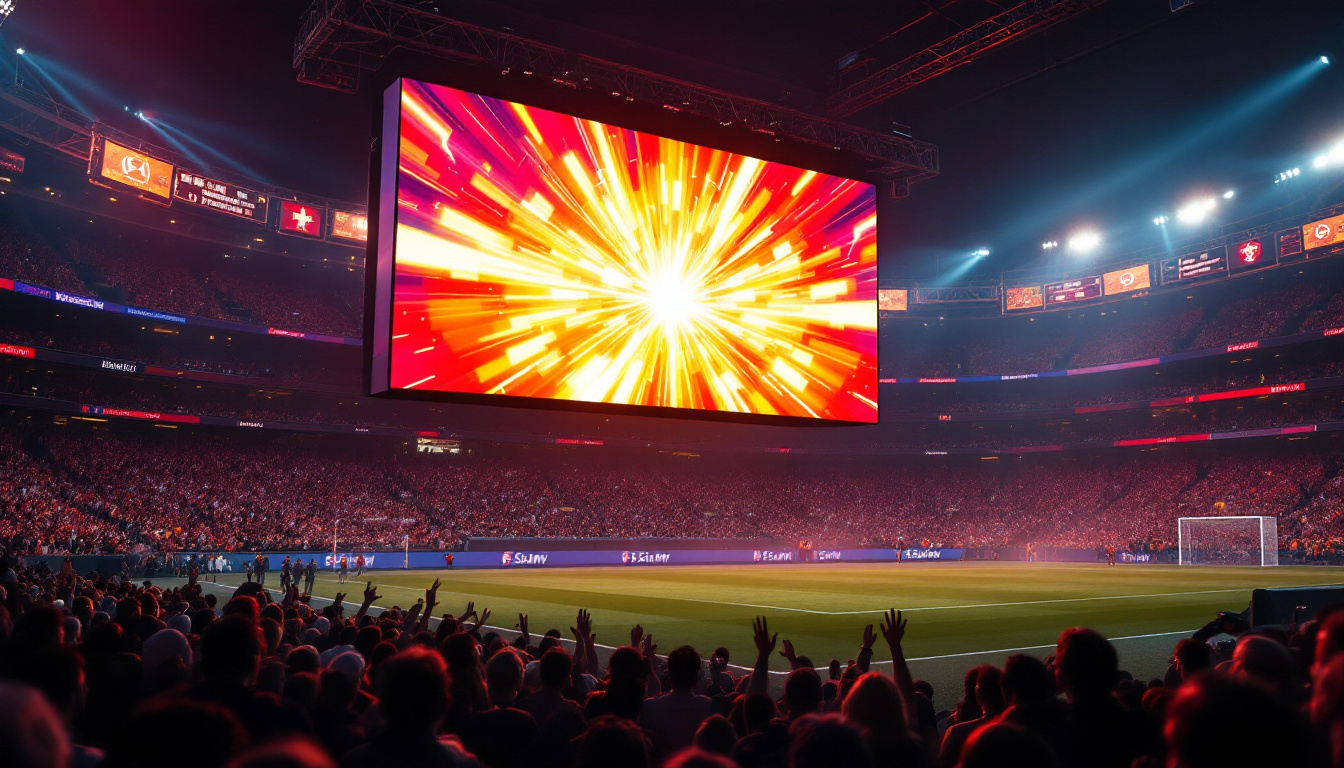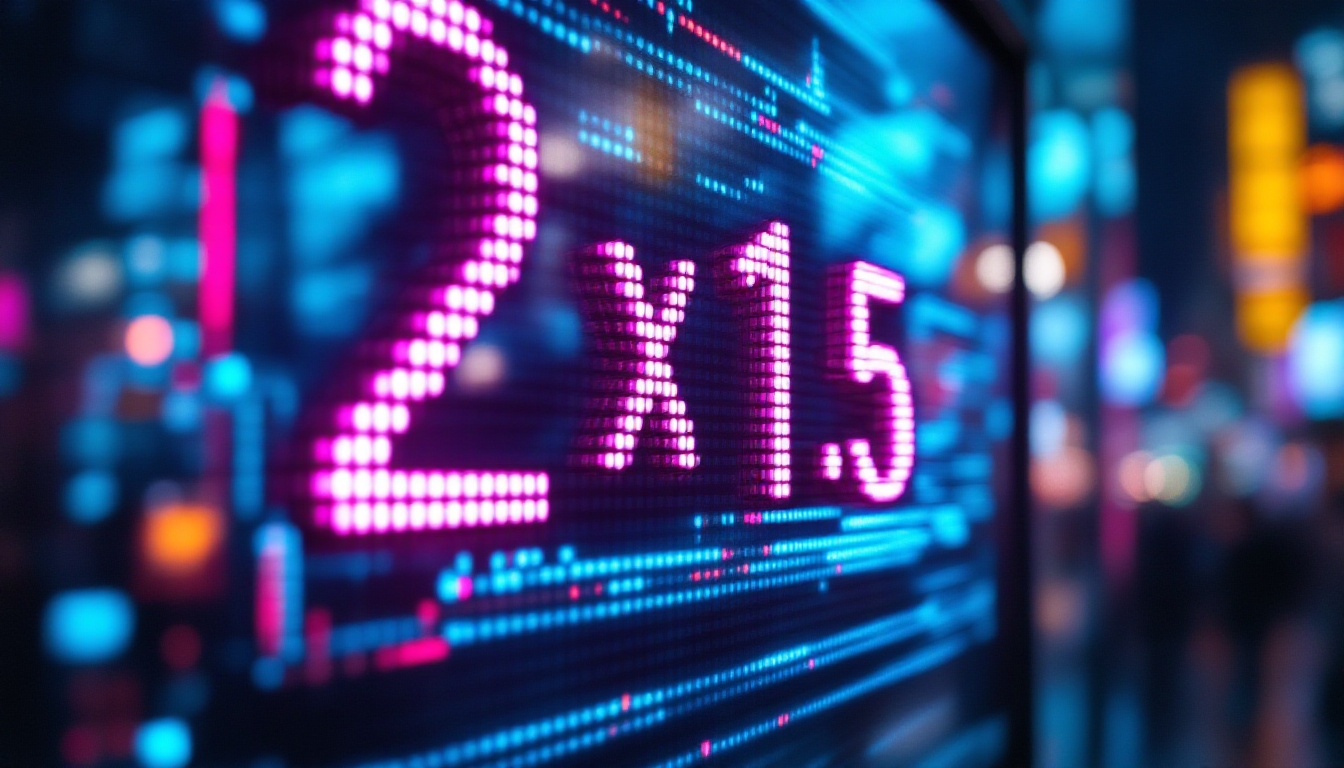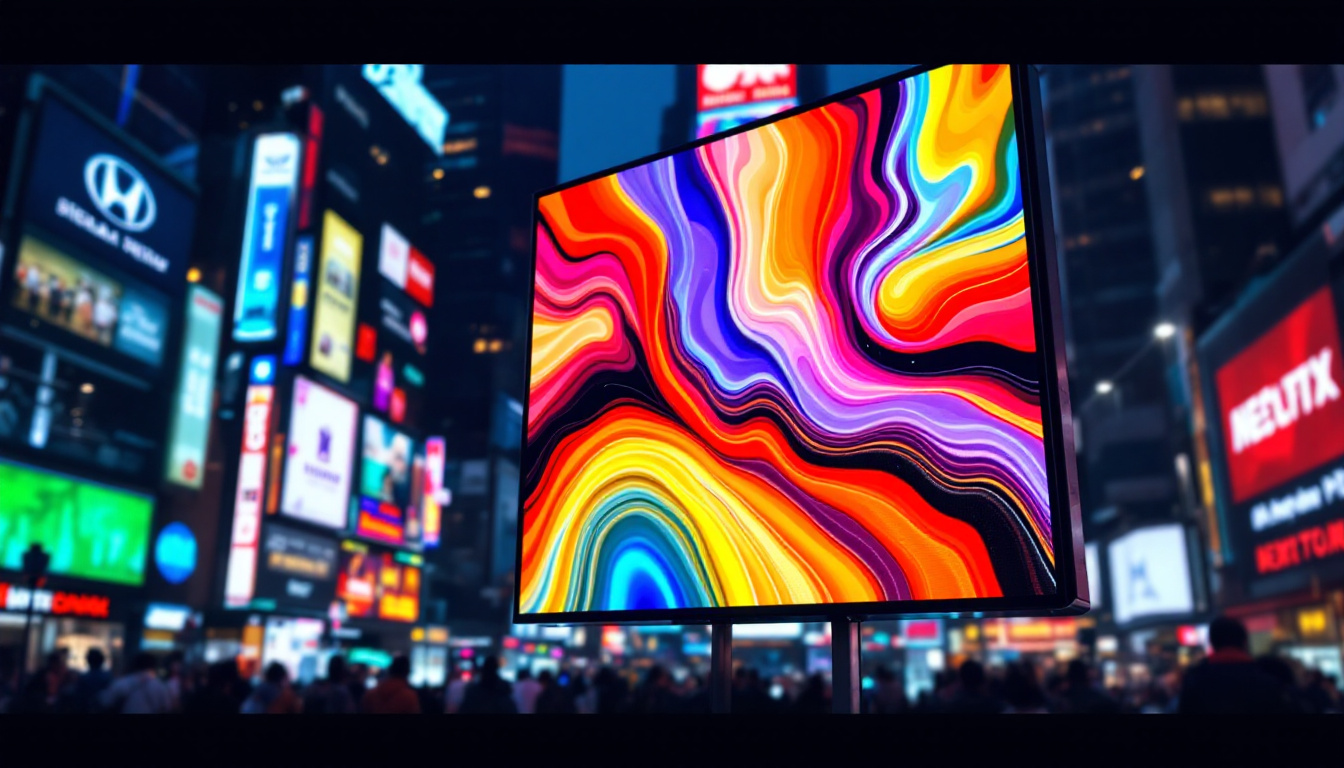In the realm of outdoor advertising and event management, LED displays have emerged as a transformative technology. These dynamic screens not only capture attention but also convey messages in an engaging and visually appealing manner. As businesses and organizations seek innovative ways to communicate with their audiences, understanding the intricacies of LED displays becomes essential. This article explores the various aspects of LED displays, their benefits, applications, and considerations for effective use in outdoor arrangements.
Understanding LED Technology
Light Emitting Diodes (LEDs) are semiconductor devices that emit light when an electric current passes through them. This technology has evolved significantly over the years, leading to the development of vibrant and energy-efficient displays suitable for outdoor environments. The versatility of LEDs has not only transformed lighting solutions but also revolutionized the way we experience visual media, making them a staple in modern technology.
The Basics of LED Displays
LED displays consist of numerous tiny LED bulbs arranged in a grid format. Each bulb can emit different colors, allowing for the creation of full-color images and videos. The resolution of an LED display is determined by the pixel pitch, which is the distance between the centers of two adjacent pixels. A smaller pixel pitch results in higher resolution and sharper images, making it particularly important for applications where viewers are close to the display. Additionally, advancements in LED technology have led to the development of high dynamic range (HDR) displays, which provide enhanced contrast and color accuracy, further enriching the viewing experience.
Types of LED Displays
There are several types of LED displays designed for various applications. The most common types include:
- Outdoor LED Displays: These are built to withstand harsh weather conditions and are often used for billboards, stadiums, and outdoor events. They typically feature a robust casing and high brightness levels to ensure visibility even in direct sunlight.
- Indoor LED Displays: Typically used in retail environments and event venues, these displays offer higher resolution for close viewing. Their ability to produce vivid colors and sharp images makes them ideal for advertising and presentations.
- Mobile LED Displays: Mounted on trucks or trailers, these displays can be transported to different locations for events or promotions. Their flexibility allows for dynamic advertising opportunities, reaching diverse audiences in various settings.
Moreover, the rise of transparent LED displays has introduced a new dimension to advertising and design. These innovative screens can blend seamlessly into windows or glass structures, allowing for captivating visuals without obstructing the view. This technology is especially popular in retail spaces, where brands can showcase products while maintaining an open and inviting atmosphere. As LED technology continues to advance, we can expect even more creative applications that push the boundaries of visual communication.
Benefits of LED Displays in Outdoor Arrangements
LED displays offer numerous advantages that make them an attractive choice for outdoor arrangements. From their energy efficiency to their ability to deliver real-time information, these displays have become a staple in modern advertising and event management.
Energy Efficiency and Longevity
One of the most significant benefits of LED displays is their energy efficiency. Compared to traditional lighting, LEDs consume significantly less power, which can lead to substantial cost savings over time. Additionally, LED technology has a longer lifespan, often exceeding 100,000 hours of operation. This durability reduces maintenance costs and the frequency of replacements, making them a cost-effective choice for long-term outdoor arrangements. Furthermore, many LED displays are designed with eco-friendly materials and can be recycled at the end of their life cycle, contributing to a more sustainable approach to advertising and public communication.
High Visibility and Brightness
Outdoor LED displays are designed to be highly visible, even in direct sunlight. The brightness of these displays can be adjusted to ensure that content remains clear and legible at all times. This feature is particularly important for outdoor advertising, where competition for attention is fierce. The vivid colors and high contrast ratios of LED displays make them stand out, effectively capturing the attention of passersby. In addition, many modern LED displays incorporate advanced technology such as automatic brightness adjustment sensors, which optimize visibility based on ambient light conditions, ensuring that messages are always delivered effectively regardless of the time of day.
Dynamic Content and Flexibility
Unlike static billboards, LED displays allow for dynamic content that can be updated in real-time. This flexibility enables businesses to change messages, promotions, or information quickly and easily. For events, this means that schedules, announcements, and other vital information can be communicated instantly, enhancing the overall experience for attendees. Moreover, the ability to integrate social media feeds and live updates into LED displays opens up new avenues for engagement, allowing organizations to interact with their audience in real-time. This interactivity not only boosts viewer interest but also encourages participation, making events more lively and memorable.
Enhanced Engagement and Interactivity
In addition to their visual appeal, LED displays can significantly enhance audience engagement through interactive features. Many outdoor LED displays now come equipped with touch-screen capabilities or QR code integration, allowing viewers to interact with the content directly. This level of interactivity can transform a passive viewing experience into an engaging one, where audiences can participate in contests, surveys, or even access additional information about products and services. Such features not only draw attention but also foster a deeper connection between the brand and its audience, ultimately leading to increased customer loyalty and satisfaction.
Versatility Across Various Applications
The versatility of LED displays extends beyond advertising and events. They are increasingly being used in various applications such as sports arenas, concerts, public transportation hubs, and even urban installations. In sports venues, for example, LED displays are essential for displaying scores, player statistics, and instant replays, enhancing the spectator experience. Similarly, in public spaces, these displays can serve as information hubs, providing real-time updates on transportation schedules or emergency alerts. This adaptability makes LED displays a valuable asset in a wide range of settings, catering to diverse audience needs and enhancing communication across the board.
Applications of LED Displays
The versatility of LED displays makes them suitable for a wide range of applications. From advertising to information dissemination, these displays have found their place in various sectors.
Advertising and Marketing
In the advertising world, LED displays have revolutionized how brands communicate with consumers. They can showcase advertisements, promotional videos, and brand messages in a captivating manner. Businesses can leverage the ability to change content frequently, allowing them to target different audiences at different times. This adaptability can significantly enhance marketing strategies and improve return on investment.
Event Management
For event organizers, LED displays serve as essential tools for communication. Whether it’s a concert, festival, or corporate event, these displays can provide information about schedules, performers, and safety instructions. Their ability to display live feeds or social media interactions can also enhance audience engagement, creating a more immersive experience.
Public Information and Wayfinding
Municipalities and organizations often use LED displays for public information. These displays can convey important messages regarding traffic updates, weather alerts, or community events. Additionally, they can serve as wayfinding tools, guiding visitors through complex venues or urban environments. The real-time updating capability ensures that the information is always current and relevant.
Considerations for Implementing LED Displays
While LED displays offer numerous advantages, several considerations must be addressed to ensure successful implementation. Understanding these factors can help organizations maximize the benefits of this technology.
Location and Visibility
The effectiveness of an LED display largely depends on its location. Placing the display in a high-traffic area with good visibility is crucial for maximizing exposure. Additionally, the height and angle of the display should be considered to ensure that it is easily seen from various vantage points. Conducting a site analysis can help determine the optimal placement for the display.
Content Strategy
Developing a content strategy is essential for making the most of an LED display. The content should be visually appealing, concise, and relevant to the target audience. Using high-quality images and videos can enhance engagement, while clear and straightforward messaging ensures that viewers can quickly understand the information being presented. Regularly updating content keeps the display fresh and encourages repeat viewership.
Regulatory Compliance
Before installing an LED display, it is important to understand and comply with local regulations regarding signage. Zoning laws, permits, and restrictions on brightness levels or operational hours can vary by location. Engaging with local authorities early in the planning process can help avoid potential legal issues and ensure a smooth installation.
Future Trends in LED Display Technology
The LED display industry is continuously evolving, with new technologies and trends emerging regularly. Staying informed about these developments can help organizations leverage the latest advancements to enhance their outdoor arrangements.
Advancements in Resolution and Pixel Technology
As technology advances, LED displays are becoming increasingly high-resolution. Innovations such as microLED and miniLED technologies promise to deliver even finer pixel pitch, resulting in sharper images and more vibrant colors. These advancements will allow for larger displays that maintain high-quality visuals, making them suitable for a wider range of applications.
Integration with Smart Technology
The integration of LED displays with smart technology is another trend that is gaining traction. This includes the use of sensors, artificial intelligence, and data analytics to optimize content delivery and enhance user experience. For instance, LED displays can adapt their brightness based on ambient light conditions or display content tailored to specific audience demographics based on real-time data.
Sustainability and Eco-Friendly Practices
As environmental concerns grow, the LED display industry is also shifting towards more sustainable practices. This includes using recyclable materials, reducing energy consumption, and implementing eco-friendly manufacturing processes. Organizations that prioritize sustainability in their outdoor arrangements can not only reduce their environmental impact but also appeal to increasingly eco-conscious consumers.
Conclusion
LED displays have fundamentally changed the landscape of outdoor arrangements, offering unparalleled opportunities for communication and engagement. Their energy efficiency, versatility, and ability to deliver dynamic content make them an invaluable asset for businesses, event organizers, and municipalities alike.
As technology continues to advance, the potential applications and benefits of LED displays are likely to expand even further. By understanding the intricacies of LED technology, organizations can make informed decisions that enhance their outdoor arrangements and effectively connect with their audiences.
In a world where attention is a precious commodity, investing in LED displays could be the key to standing out and making a lasting impression.
Illuminate Your Space with LumenMatrix
Ready to elevate your outdoor arrangements and captivate your audience with unparalleled clarity and vibrancy? Discover LumenMatrix’s comprehensive suite of LED display solutions, from the brilliance of Indoor LED Wall Displays to the robustness of Outdoor LED Wall Displays, and the mobility of Vehicle LED Displays. Whether you’re looking to enchant with LED Poster Displays, engage sports fans with LED Sports Displays, or innovate with Custom LED and All-in-One LED Displays, LumenMatrix is your partner in revolutionizing visual communication. Experience the future of digital signage with our LED Transparent Displays and transform any space into a dynamic visual spectacle. Check out LumenMatrix LED Display Solutions today and share your message with the world in a way that’s impossible to ignore.


